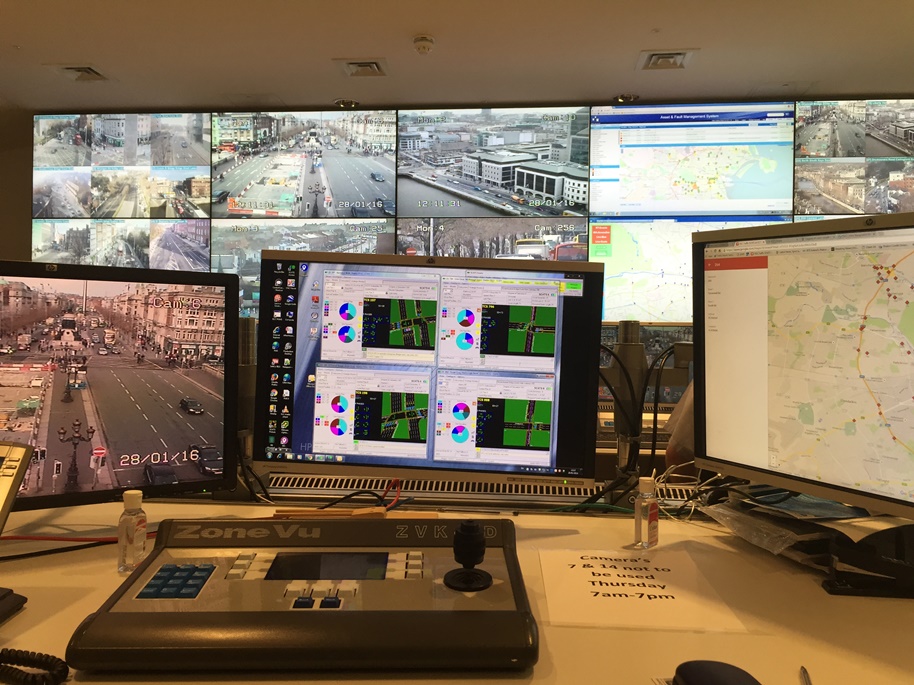A paper by Claudio Coletta and Rob Kitchin, ‘Algorhythmic governance: Regulating the ‘heartbeat’ of a city using the Internet of Things’ has been published in Big Data and Society as part of a special section on ‘Algorithms in Culture’. It is open access.
Abstract
To date, research examining the socio-spatial effects of smart city technologies have charted how they are reconfiguring the production of space, spatiality and mobility, and how urban space is governed, but have paid little attention to how the temporality of cities is being reshaped by systems and infrastructure that capture, process and act on real-time data. In this article, we map out the ways in which city-scale Internet of Things infrastructures, and their associated networks of sensors, meters, transponders, actuators and algorithms, are used to measure, monitor and regulate the polymorphic temporal rhythms of urban life. Drawing on Lefebvre, and subsequent research, we employ rhythmanalysis in conjunction with Miyazaki’s notion of ‘algorhythm’ and nascent work on algorithmic governance, to develop a concept of ‘algorhythmic governance’. We then use this framing to make sense of two empirical case studies: a traffic management system and sound monitoring and modelling. Our analysis reveals: (1) how smart city technologies computationally perform rhythmanalysis and undertake rhythm-making that intervenes in space-time processes; (2) distinct forms of algorhythmic governance, varying on the basis of adaptiveness, immediacy of action, and whether humans are in-, on-, or, off-the-loop; (3) and a number of factors that shape how algorhythmic governance works in practice.

